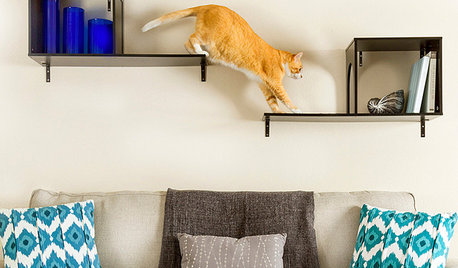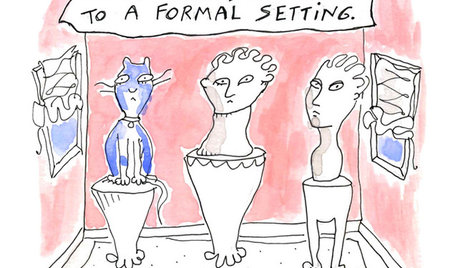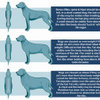Transporting cats 10 hours away.
ryseryse_2004
10 years ago
Related Stories

SHOP HOUZZHouzz Products: Al Fresco Happy Hour
Make your own backyard the best tapas bar in town with these outdoor furnishings and entertaining essentials
Full Story
PETS10 Tips for Keeping Indoor Cats Healthy and Happy
It's National Cat Day: Ask not what your cat can do for you (because it will ignore you) but what you can do for your cat
Full Story
LIFEHow Your Landscaping Can Keep Burglars Away
Prevent home break-ins with strategic landscaping and good practices instead of menacing — and maybe less effective — measures
Full Story
PETSHouzz Pets Survey: Who Rules the House — Dogs or Cats?
New data shows that pets make people happy, and pet owners love spending big to return the favor
Full Story
PETSHouzz Call: Send in the Design Cats
Post your best photo of your cat at home, in the garden or with you in your studio. It could be published in a featured ideabook
Full Story
PETSWorld of Design: Pampered Pets and Their 10 One-of-a-Kind Homes
Fall in love with these critters and their clever living spaces, from a cat playground in France to a chicken house in the U.S.
Full Story
PETSSo You Want to Get a Cat
If you're a cat lover, the joys outweigh any other issue. If you haven't lived with one yet, here are a few things to know
Full Story
SHOP HOUZZHouzz Products: Create a Cat Heaven at Home
Show kitty you care and keep your style too with fun and cozy cat beds, perches, trees and decor
Full Story
MOST POPULAR7 Ways Cats Help You Decorate
Furry felines add to our decor in so many ways. These just scratch the surface
Full Story
SMALL KITCHENS10 Things You Didn't Think Would Fit in a Small Kitchen
Don't assume you have to do without those windows, that island, a home office space, your prized collections or an eat-in nook
Full StoryMore Discussions








lazy_gardens
annzgw
Related Professionals
Bull Run Architects & Building Designers · Dania Beach Architects & Building Designers · Westbury Interior Designers & Decorators · Liberty Township Interior Designers & Decorators · Lake Zurich Furniture & Accessories · West Palm Beach Furniture & Accessories · Bullhead City Cabinets & Cabinetry · Manville Cabinets & Cabinetry · Prospect Heights Cabinets & Cabinetry · Liberty Township Cabinets & Cabinetry · Brandon Flooring Contractors · Gilroy Flooring Contractors · Glendale Flooring Contractors · Palm Harbor Flooring Contractors · Atascocita Flooring Contractorslucillle
Petunia
zzackey
mdln
mdln
Debbie Downer
dees_1
catt11
ryseryse_2004Original Author
ryseryse_2004Original Author
mdln